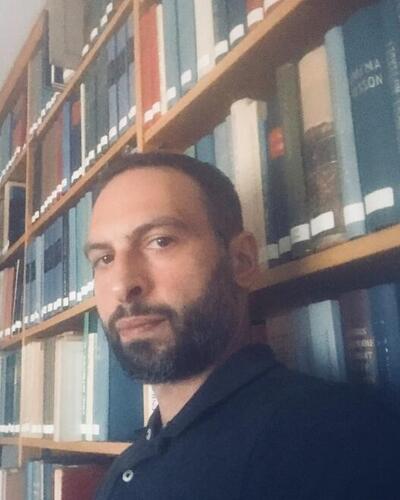Digital Impacts on Archaeological Fieldwork: Advantages and Limitations
Upcoming International Workshop at the NIA (Closed Event)
Hovedinnhold
Digital technologies are transforming archaeology, reshaping research, documentation, and the way knowledge is shared. As archaeologists increasingly integrate digital processes into their work, it becomes essential to consider the broader implications. How do digital innovations influence documentation and interpretation? Do they promote inclusivity, or do they inadvertently create new disparities? And are the ethical considerations of this transformation being fully addressed?
The four-year structured Workshop Series, is dedicated to exploring the intersection of digital technologies and archaeological practice. Throughout the series, discussions will address practical applications, political and ethical issues, and the changing narratives within archaeological data. The workshops aim to highlight both the challenges and the potential that digital integration brings to archaeology, delving into theoretical and practical dimensions of this evolving field.
The first workshop, titled Digital Impacts on Archaeological Fieldwork: Advantages and Limitations, will take place from December 4th to 5th, 2024, at the Norwegian Institute at Athens. This two-day event will focus on the social contexts in which digital workflows are developed and applied, examining how these tools shape archaeological fieldwork. Presentations will cover methodologies that investigate digital practices and ecosystems, providing fresh perspectives on how these innovations impact the discipline.
The workshop will feature an evening open lecture (4/12, 7 p.m. EST) by Prof. Emeritus Kostas Kotsakis (Department of History and Archaeology, AUTh).
The Series Organization Board:
- Paschalis Zafeiriadis, Norwegian Institute at Athens/University of Bergen
- Markos Katsianis, University of Patras
- Nicoló Dell’Unto, University of Oslo/University of Lund
- Björn Nilsson, University of Bergen
- Søren Handberg, University of Oslo
